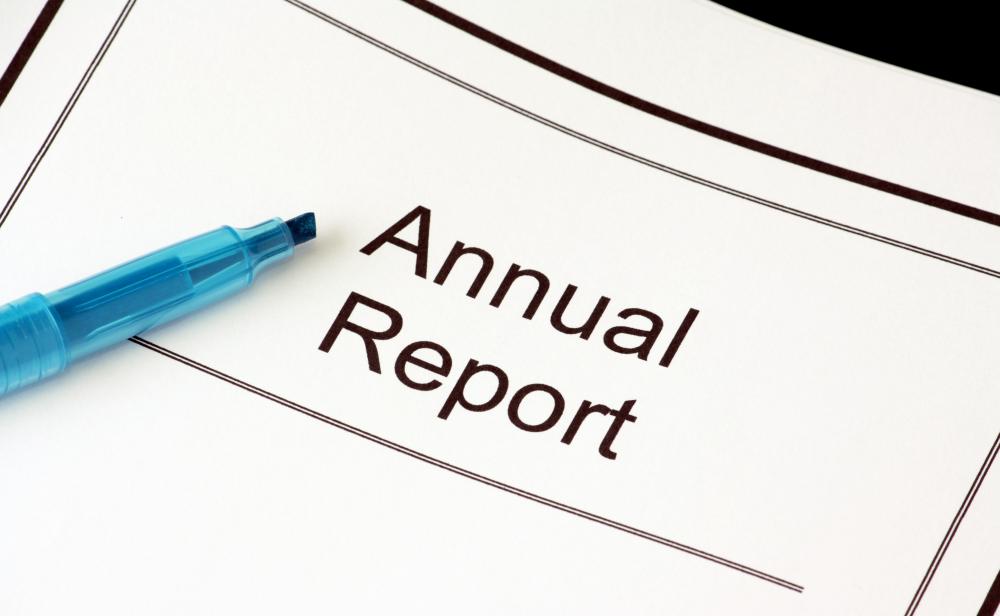At WiseGEEK, we're committed to delivering accurate, trustworthy information. Our expert-authored content is rigorously fact-checked and sourced from credible authorities. Discover how we uphold the highest standards in providing you with reliable knowledge.
What Are the Different Styles of Business Communication?
Business communication is a broad context that includes the way a company presents itself internally and externally and gets its message out to consumers. It is composed of both verbal and written communication, but it is the part that takes place in writing that determines a company's style and public image. Generally, a company can choose styles of business communication that incorporate formal, casual and colloquial modes of address.
Companies often make strategic decisions regarding the styles of business communication employees can use to accomplish various tasks. It is reasonable to say that if a company doesn't take a proactive stance on business communication style, it is more likely to have serious problems arise because of miscommunication. Some companies have a very sophisticated communications plan that details the approach and tone for all types of communication. Others with smaller budgets tend to break communication style into internal and external approaches.

Internal communications are more likely to be informal or casual. A company typically prohibits certain types of language or behavior but tends to relax formal communication rules between employees. This means that an employee does not necessarily have to worry about writing style when sending an email to a colleague. His correspondence can be friendlier and use colloquialisms.

A distinction often remains between horizontal and vertical internal communication. Styles of address that may be appropriate between two employees holding the same position might be inappropriate in a communication from an employee to his boss. So internal business communication can often be casual, with certain commonsense parameters of propriety.
External communication most often has styles of business communication identified for each type of business interaction with outside parties. For example, a company may instruct its employees to communicate with current and potential clients in a formal style. This would mean addressing people by title and last name, even if the correspondence is by email, for example.
Likewise, a company might mandate a formal style in written reports, such as the company's annual report to shareholders. This prevents employees from becoming too friendly with outside parties or revealing inappropriate information while joking around. In fact, the default communication style for most companies is formal, since it is harder to go wrong by observing a certain distance in communications with third-parties.
Businesses that allow informal, casual or colloquial styles of business communication with external parties typically restrict the permission to marketing. If the marketing department wants to position a product in a certain way, or crafts a message that the company feels should feature a friendly tone, these styles are used. Less formal styles of business communication are usually only appropriate in other external contexts when there is a very close relationships between the employee and the third-party that warrants a more relaxed communication style.
AS FEATURED ON:
AS FEATURED ON:












Discussion Comments
I'm not an expert on this topic, but it seems to me that the success of a new business, largely depends on the type of communication it has with its consumers. Just like with personal relationships, it's important for businesses to "hit it off" with their consumers as well.
When it comes to internal business communications, every business has different spoken and unspoken rules.
In one business, employees may be expected to be formal in all of the internal correspondence. In another business, employees may be expected to communicate casually. It's important to learn about these rules and act accordingly.
I don't think it's a good idea to insist on a casual or formal type of communication if the opposite is being expected. Despite good intentions, I think that may back-fire and leave a negative impression on others. So it's important to match the business' character and adapt to the environment. If people want to be casual with you, be casual!
I'd like to maintain formal speech when communication with all of my superiors at work. Sometimes, a superior sends me an email that is friendly and casual, but I still respond more formally. I think it's important to express respect to superiors at work and the best way to do that is to speak to them in the right manner.
For example, I try not to call superiors by their first name. If they have a title like "Dr." or if they have a rank, I make sure to refer to them using these. I think this is important for business communication and people appreciate it.
Post your comments